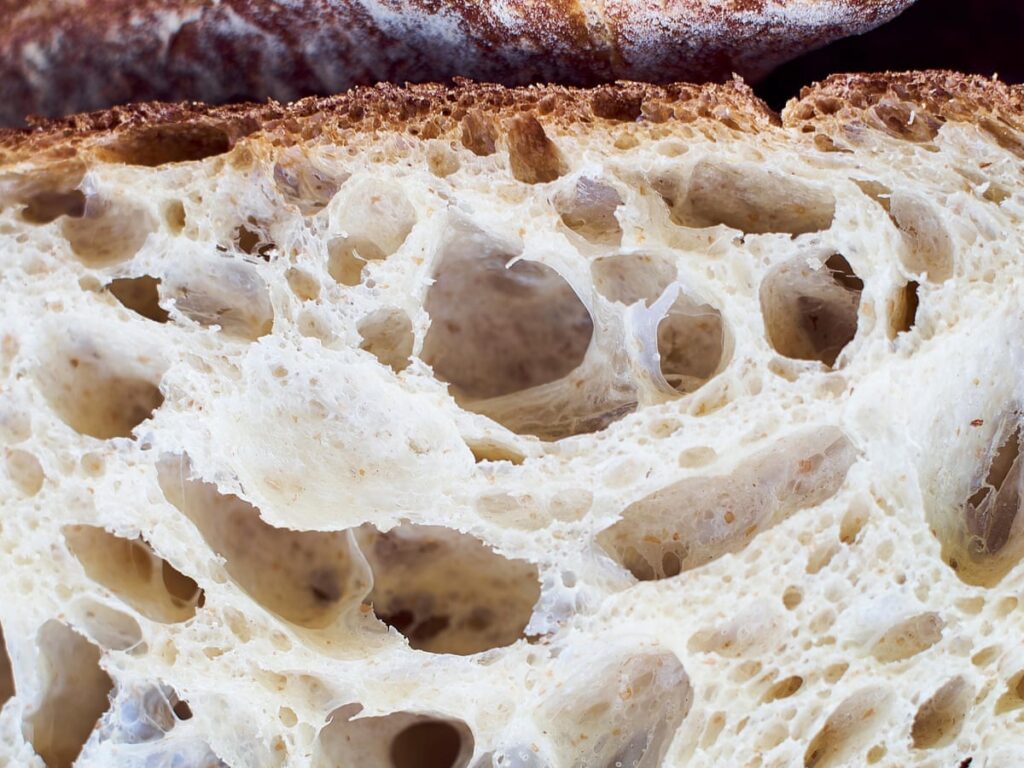Choosing the right type of flour can enhance the texture, flavor, and nutritional value of baked goods. All-purpose flour is the most common and versatile flour for baking, while bread flour is high in protein and specifically designed for making bread. Cake flour is low in protein and ideal for delicate baked goods, while whole wheat flour is dense and nutty in flavor. For people with gluten allergies or celiac disease, gluten-free flour made from grains and starches without gluten is a suitable alternative. Each type of flour has unique nutritional value and texture, making them suitable for different recipes.
Flour Power: How Different Types of Flour Can Enhance Your Baking Recipes
Introduction
Baking is an art, and every baker knows the value of choosing the right ingredients for their recipe. Flour is an essential ingredient in baking, and different types of flour can make a significant difference in the texture, flavor, and nutritional value of your baked goods.
In this article, we will discuss the various types of flour and their role in enhancing your baking recipes.
All-Purpose Flour
All-purpose flour is the most commonly used type of flour in baking. This flour is a blend of hard and soft wheat flours, making it suitable for a wide range of baked goods such as cakes, cookies, bread, and pie crusts.
All-purpose flour has a moderate protein content (around 10-12%) and is an excellent source of carbohydrates. It is also fortified with iron and B vitamins, making it a good choice for baking.
Bread Flour
Bread flour is a high-protein flour that is specifically designed for making bread. It has a protein content of around 12-14%, which creates the necessary gluten structure for bread dough to rise properly.
Bread flour has a slightly darker color than all-purpose flour, and its texture is also coarser. This flour is an excellent source of carbohydrates and is also fortified with iron and B vitamins.
Cake Flour
Cake flour is a low-protein flour that is specially designed for making delicate baked goods with a soft crumb texture, such as cakes, cupcakes, and muffins. It has a protein content of around 6-8% and is made from soft wheat flour.
Cake flour has a fine texture and produces a tender crumb when used in baking. It is also a good source of carbohydrates and is fortified with iron and B vitamins.
Whole Wheat Flour
Whole wheat flour is made from the entire grain of wheat, including the bran and germ. It has a higher protein content (around 14%) than all-purpose flour and is an excellent source of dietary fiber, iron, and B vitamins.
Whole wheat flour has a nutty flavor and a coarser texture than all-purpose flour. It is an excellent choice for making bread, pizza dough, and other baked goods that require a denser texture.
Gluten-Free Flour
Gluten-free flour is specially designed for people who are allergic to gluten or have celiac disease. This flour is made from grains and starches that do not contain gluten, such as rice, corn, and potato starch.
Gluten-free flour has a texture and flavor similar to all-purpose flour and can be used in a wide range of baked goods, including cakes, cookies, and bread. It is an excellent source of carbohydrates and is fortified with iron and B vitamins.
Conclusion
Flour is a critical ingredient in baking, and choosing the right type of flour can significantly impact the quality of your baked goods. All-purpose flour, bread flour, cake flour, whole wheat flour, and gluten-free flour are some of the most commonly used types of flour in baking.
Each type of flour has its unique nutritional value and texture, making them all suitable for different recipes. By understanding the role of each type of flour in baking, you can create delicious and nutritious baked goods that everyone will love.
